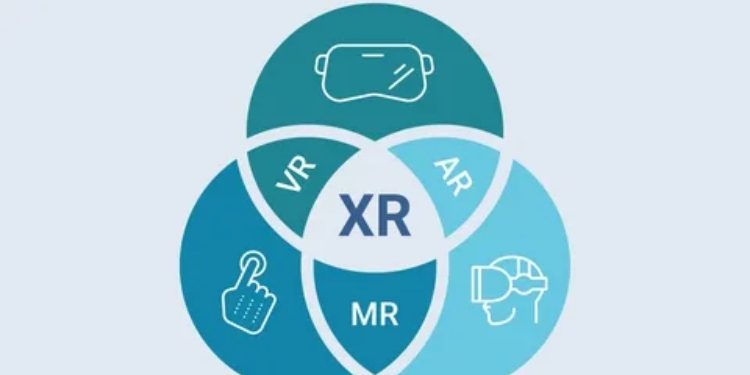Introduction
Extended Reality (XR) technologies, encompassing Virtual Reality (VR), Augmented Reality (AR), and Mixed Reality (MR), have witnessed significant growth across various industries. From immersive training and education to enhancing customer experiences, XR solutions offer numerous benefits. However, with the ever-growing range of XR offerings in the market, selecting the right solution can be a daunting task. In this article, we’ll provide ten essential tips to help you make an informed decision when choosing XR solutions for your business needs.
Clearly Define Your Objectives
Before diving into XR technology, start by defining your specific goals and objectives. Identify the problems you intend to solve or the opportunities you seek to exploit through XR solutions. Whether it’s enhancing workforce training, improving product visualization, or boosting customer engagement, having a clear understanding of your objectives will guide you towards choosing the most suitable XR solution.
Consider Compatibility with Existing Infrastructure
Ensure the XR solutions you choose can integrate seamlessly with your existing infrastructure, software, and hardware. Compatibility is crucial to avoid additional costs and complications in the implementation process. Opt for solutions that are scalable and adaptable to future technological advancements.
User Experience and Interface
A positive user experience is vital for the success of any XR application. Evaluate the user interface and interaction design of the XR solutions you are considering. Intuitive and user-friendly interfaces will facilitate quicker adoption by your employees or customers, leading to more effective use of the technology.
Content Creation and Customization
Assess the content creation tools and customization capabilities provided by the XR solution. Flexibility in content creation allows you to tailor the experience to suit your unique requirements. Look for solutions that offer a wide range of content formats, interactive elements, and the ability to update and modify content easily.
Performance and Reliability
XR applications often require substantial computing power. Verify that the chosen solution meets the performance requirements for your intended use case. Additionally, reliability is crucial, especially for XR applications used in critical business processes. Review the solution provider’s track record, customer reviews, and testimonials to gauge their reliability.
Support and Maintenance
Consider the level of support and maintenance provided by the XR solution vendor. A responsive and reliable support team will assist you in troubleshooting issues and ensuring smooth operations. Look for vendors that offer regular updates, bug fixes, and improvement patches to keep your XR application up-to-date.
Security and Data Privacy
XR solutions may collect and process sensitive data, so it’s crucial to prioritize security and data privacy. Ensure that the vendor complies with industry standards and regulations. Assess their data protection measures, encryption protocols, and data handling policies to safeguard your information.
Trial Periods and Demos
Many XR solution providers offer trial periods or demos. Take advantage of these opportunities to test the solutions before making a final decision. Engage your team in the evaluation process and gather feedback to assess how well the XR solution aligns with your objectives.
Total Cost of Ownership
Look beyond the initial purchase price and consider the total cost of ownership (TCO) over the solution’s lifespan. Evaluate ongoing costs, such as licensing fees, maintenance, updates, and additional hardware requirements. Choose an XR solution that provides the best value for your investment.
Vendor Reputation and Industry Experience
Lastly, research the reputation and experience of the XR solution provider. A vendor with a strong track record in the XR industry is more likely to deliver a reliable and high-quality solution. Check for customer reviews, case studies, and the vendor’s portfolio to gauge their expertise.
Conclusion
Choosing the right XR solution is a critical step in leveraging the benefits of immersive technologies for your business. By clearly defining your objectives, considering compatibility, user experience, and content creation capabilities, you can make an informed decision. Additionally, prioritizing performance, support, security, and total cost of ownership will help you select a reliable and effective XR solution. Taking the time to evaluate vendors and their reputations ensures that you are partnering with a competent and experienced provider. With these ten tips in mind, you can confidently navigate the XR landscape and find the ideal solution to meet your organization’s unique needs.


























